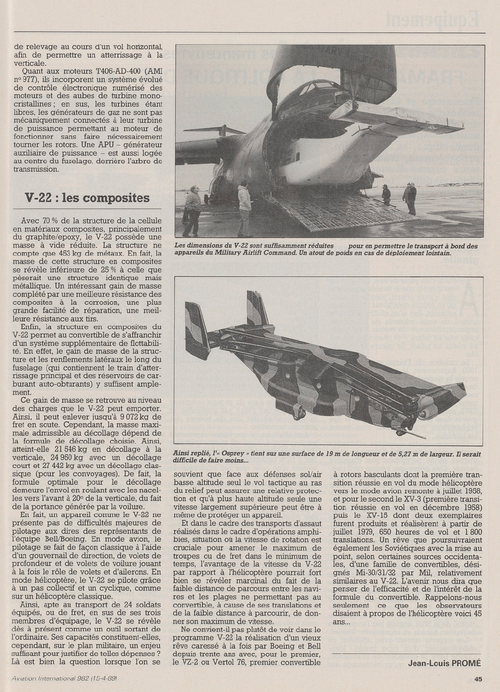A great read on the causes of the crash off Japan in 2023 (material failure and faulty assumptions on the user side):

 theaircurrent.com
theaircurrent.com
Highly recommended!

Flawed metal & failed communication: Breaking down the Air Force’s fatal Osprey crash
Documents reviewed by The Air Current reveal a persistent manufacturing problem with implications that extend beyond the V-22 Osprey and across military and civil aviation.
 theaircurrent.com
theaircurrent.com
Highly recommended!














